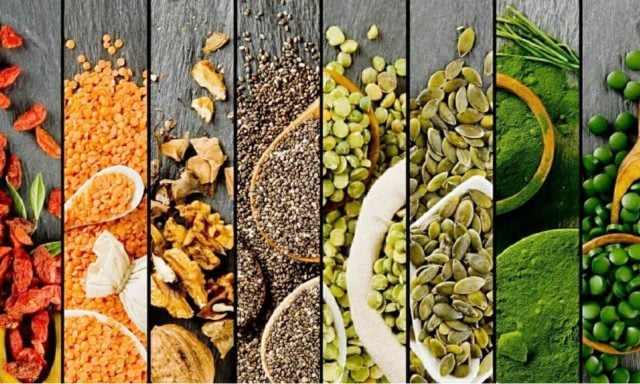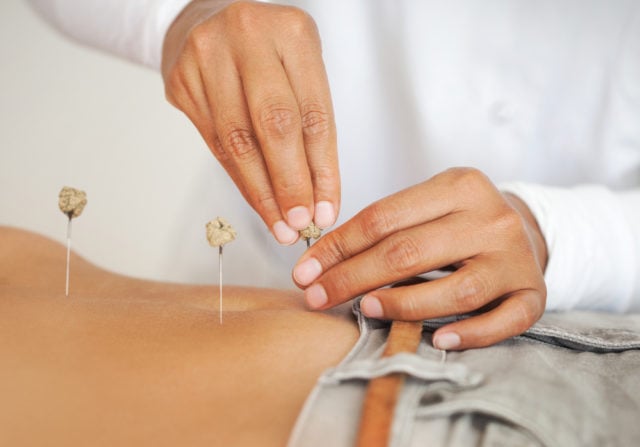In this modern age of technology, science and medicine has advanced in leaps and bounds. People have higher life expectancy and diseases that once would have surely killed a person can be treated. Unfortunately, one of the negative side effects of this is that we have become so custom to popping pills and medication that we seek quick fixes even with simple ailments like a headache.
But did you stop to think that for thousands of years, people managed to live without all the tablets and syrups that we have available to us. They had tried and tested pain relief techniques that were all natural, non-invasive, proven to work, and have little to no side effects!
What’s more is that when you try to achieve wellness through natural methods, you become more in tune with your body and its needs. So the next time you feel exceptionally tired or feel an ache, why not try some of the methods of our ancestors before running to your nearest pharmacy. Here are 7 natural pain relief techniques that really work:

1. Acupuncture
Dating back some 2000 years, acupuncture is an ancient Chinese method of holistic healing that is now practiced all around the world. Thin needles are inserted into different parts of the body in varying depths in order to relieve pain. The Chinese believe it works by balancing your “chi”. Modern medical professionals speculate that it works by stimulating nerves, muscles, and connective tissue.
The most important thing is to pick an acupuncture specialist with a lot of experience. You should also make sure that they use new needles with every patient, as is required by the law. Acupuncture doesn’t usually have any side effects, but some people have reported feeling slightly sore or having light bruises at certain insertion points. However, if you are pregnant or have bleeding disorders, acupuncture is definitely not for you!




